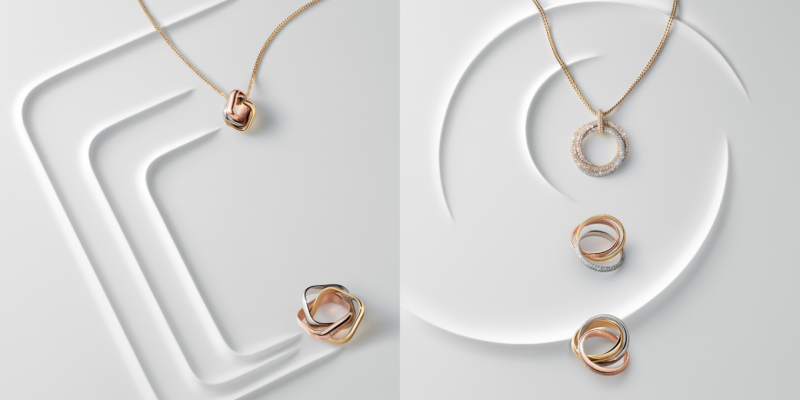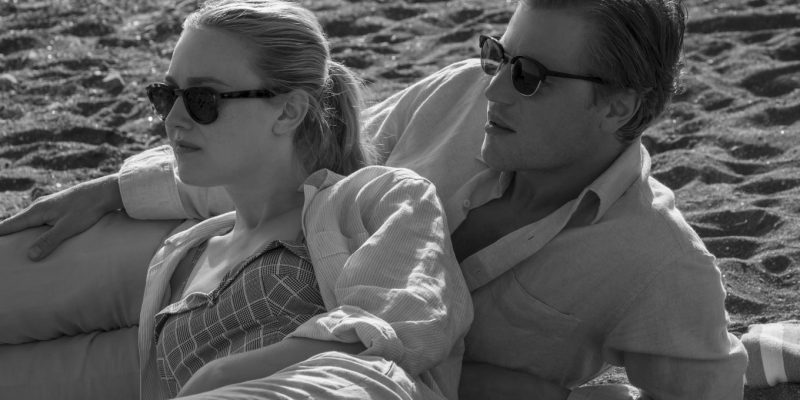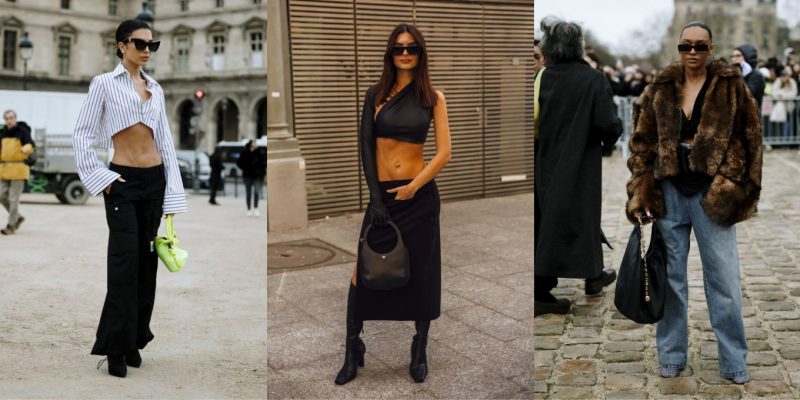Not a day goes by that I don’t walk into my living room and think of the autumn of 2005. That is because, two days after my friend Simone gave birth, she reupholstered my couch in the crimson, white and ink-blue fusilli-patterned fabric that Stefano Pilati did up as a tulip skirt for Yves Saint Laurent that year. As such, my couch unofficially qualifies as a YSL “New Vintage” piece, an oxymoron that is as befuddling as Progressive Conservative. New Vintage, now in its second rendition, is YSL’s spin on the eco issue. Crafted from leftover fabrics and patterns, New Vintage is, as Pilati writes in his manifesto, his desire to “reflect our social and economic state by capitalizing on existing resources to translate sustainable ‘values’ into ‘forms.’”
New Vintage is just one of the expanding smorgasbord of vintage re-editions offered by houses like Balenciaga, Pucci, Ferragamo, Prada, Jil Sander, MaxMara, Moschino, Etro and Comme des Garçons. With code names like Iconic Items (Jil Sander), Re-edition (Prada) and Black (Comme des Garçons), these capsule collections bring back bestselling pieces and fabrics that many of us missed the first time around. Although the strategy smacks of pop stars releasing greatest-hits albums to keep up sales, the re-issue business is endearing to lazy shoppers like me. I would love to score a Jil Sander jacket from the days when Jil Sander was at Jil Sander, but I’m not dedicated enough to trawl through secondhand racks or stay up till 3 in the morning to slip in that one last hatchet bid on eBay. Reruns let people like me pay up and walk out of the shop with a limited-edition copy of the stilettos that Salvatore Ferragamo created for Marilyn Monroe in 1959, for instance, or an amazing facsimile of a cream-coloured, scalloped-edge Cristóbal Balenciaga cocktail dress.
Aside from using up old materials — like they do at YSL New Vintage and what Pascale Mussard, the great-great-great-granddaughter of Thierry Hermès, is aiming to do in her salvage collection for Hermès — I’m not sure how many green points the re-edition trend really earns. Philosophically, there is something to be said for pushing back against “fast fashion” — the industry stranglehold that, twice a year, requires designers to dream up new looks that are immediately copied by chains like TopShop, trucked out to stores and then whisked into our closets, where they die a fast death. Revived relics of a house’s mythic past, archival re-editions are timeless — that very quality the industry is so allergic to. Or how about this analogy: If fast fashion is fast food, then a 2010 reprisal of a 1966 MaxMara overcoat is fashion’s version of slow-cooking.
Fashion goes eco with archival revivals on the next page …
Classic chic is back with this wardrobe staple: The trench

“The fashion industry is about moving forward,” says Nicholas Mellamphy, creative director of The Room at the Bay in Toronto. “But for brands such as Moschino, which is known for pushing boundaries, the archival pieces included in the latest collection remain modern and interesting but come attached with something more than the latest trend.”
That “something more” is the nostalgia factor and a
soupçon of environmental correctness. To be fair, houses like Balenciaga started re-issuing archive classics before sustainability became sexy, but the trend has picked up speed over the last year. As far as I can tell, the main thing that’s eco about it is the business model: Designers don’t have to invent more things for us to buy when companies can selectively sell off their back catalogue. The re-edition scheme is a masterful marketing coup, and for that it deserves a bravo or two. Because recycling is the
mot du jour, and that’s a good thing — even if it’s only the recycling of old ideas.
Read more
Alexander McQueen red carpet looks
Grey haze: The new softer urban hue
Runway rocker: Erin Wasson
Newsletter
Join our mailing list for the latest and biggest in fashion trends, beauty, culture and celebrity.
Read Next

Beauty
What Beauty Packaging Is Actually Sustainable?
We sought out leaders in the field to help us get to the bottom of the blue bin once and for all.
by : Victoria Christie- Apr 19th, 2024

Fashion
Cartier Celebrates 100 Years of the Trinity Ring
What better way to celebrate an anniversary than with a new collection?
by : Allie Turner- Apr 19th, 2024

Culture
Discover Club Med’s Stunning Exclusive Collection
Vacation destinations that bring pure luxury and comfort.
by : ELLE Canada- Apr 8th, 2024




